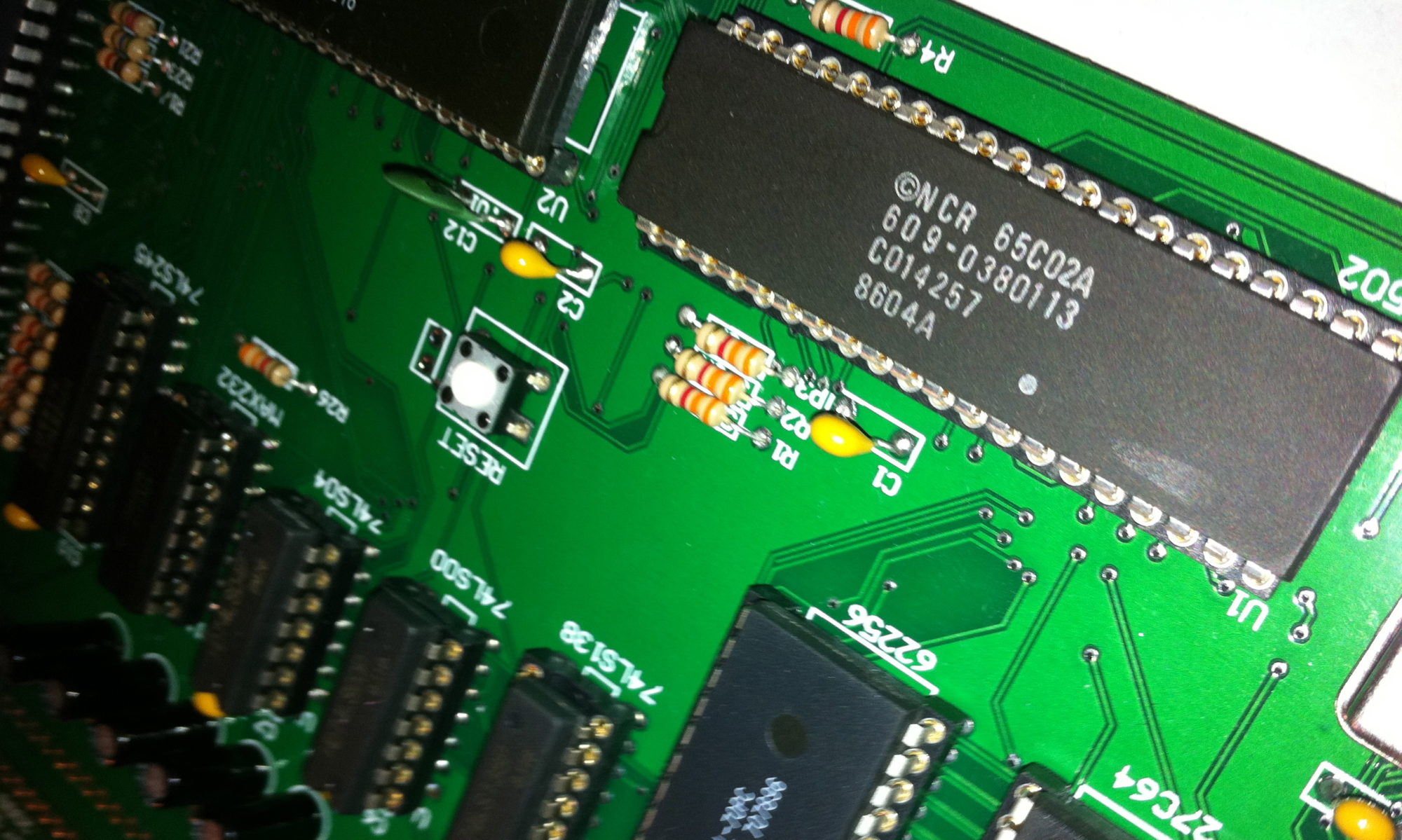A longer video clip for this week’s BuGS update. I have implemented a chunk of the game logic. Now, when I press ‘g’, it starts a game and the first centipede moving at fast speed with 12 segments appears at the top. A spider is added 2 every seconds after it is killed or goes off screen which is the behaviour from the original game as far as I can tell. I can “shoot” centipede segments and spiders with ‘c’ and ‘p’ respectively and the score goes up. When all segments are killed, the game goes to the next level. The colour changes and new centipedes are added. The second level has 11 segments moving slowly and one segment moving fast. The third is the same except the 11 segments are fast. Then, 2 single segments and 10 slow segments. Then the 10 segments move fast. This pattern continues on. When 40000 points is reached, then we skip the slow segment variety of centipedes. Ultimately, you get to a level which has 12 fast single segments and the pattern restarts with a single centipede with 12 segments. All of that game logic is there.
Similarly, the logic for the spider is there. Like I said, one appears every 2 seconds after being removed for some reason. Once the score is above 5000 points, the spider moves fast. One aspect of the spider from the real game that isn’t implemented is that at certain score thresholds, the spider is restricted to fewer rows at the bottom of the screen. This is on my todo list.
Also, the scorpion is implemented. It can first appear on the 4th level and appears randomly. I don’t know the rate from the real game and I am going with 1 in every 512 frames on average so almost one every ten seconds. I think that feels about right but I can adjust that. I have also implemented another threshold from the real game. Once the score reaches 20000 points, 3/4’s of the scorpions cross the screen quickly, 1/4 cross slowly. So, the scorpion logic is fully implemented.
Like I said, I have a bit more spider logic to implement. I also need to add logic to add fleas. There are some interesting thresholds there also, like above 60000 points, fleas drop at fast speed. I want to add the ability to shoot mushrooms to test out some of that code. And I want to start tracking how many lives the player has and add a way to trigger a player death. I think I will do all of that without actually adding the player and the shot stuff. I have written some collision detection code in the sprite code for those things but that will need to be tested and hooked up. But it is starting to turn into something which looks more like a game which is really nice.
Thanks so much for all the feedback. I think when I decided to reveal my project here and then committed to providing a weekly update, it has really helped me to keep focus on the project so I have some progress to show. I am proud of the work I did this week. The last couple of weeks may have looked like big steps but they were definitely more incremental. I was hooking up existing code in many cases the last couple of weeks or tweaking some things. This week, I feel I added a good amount of game logic which makes me happy.
And I forgot to say that I am still recording these at 2.8MHz on GSPlus. I haven’t tried this build on real HW but I did run one earlier in the week and it still kept up at stock speeds. I am still hopeful that the full game will run on a standard GS. The only thing I am worried about is how costly polling the mouse will be. Can I use the Misc Toolset for reading and clamping the mouse? Or are those routines going to be too slow for a 60th of a second frame time? If anyone has any feedback about what to expect, that would be great. Thanks.
